简体中文
繁體中文
English
Pусский
日本語
ภาษาไทย
Tiếng Việt
Bahasa Indonesia
Español
हिन्दी
Filippiiniläinen
Français
Deutsch
Português
Türkçe
한국어
العربية
How to Read Forex Charts Like a Pro
Abstract:If you're new to forex trading or looking to sharpen your skills, learning how to read forex charts is one of the most important steps toward becoming a successful trader. Forex charts are the foundation of technical analysis and provide a visual representation of currency pair price movements over time. Understanding these charts can help you identify trends, spot entry and exit points, and make better-informed trading decisions.
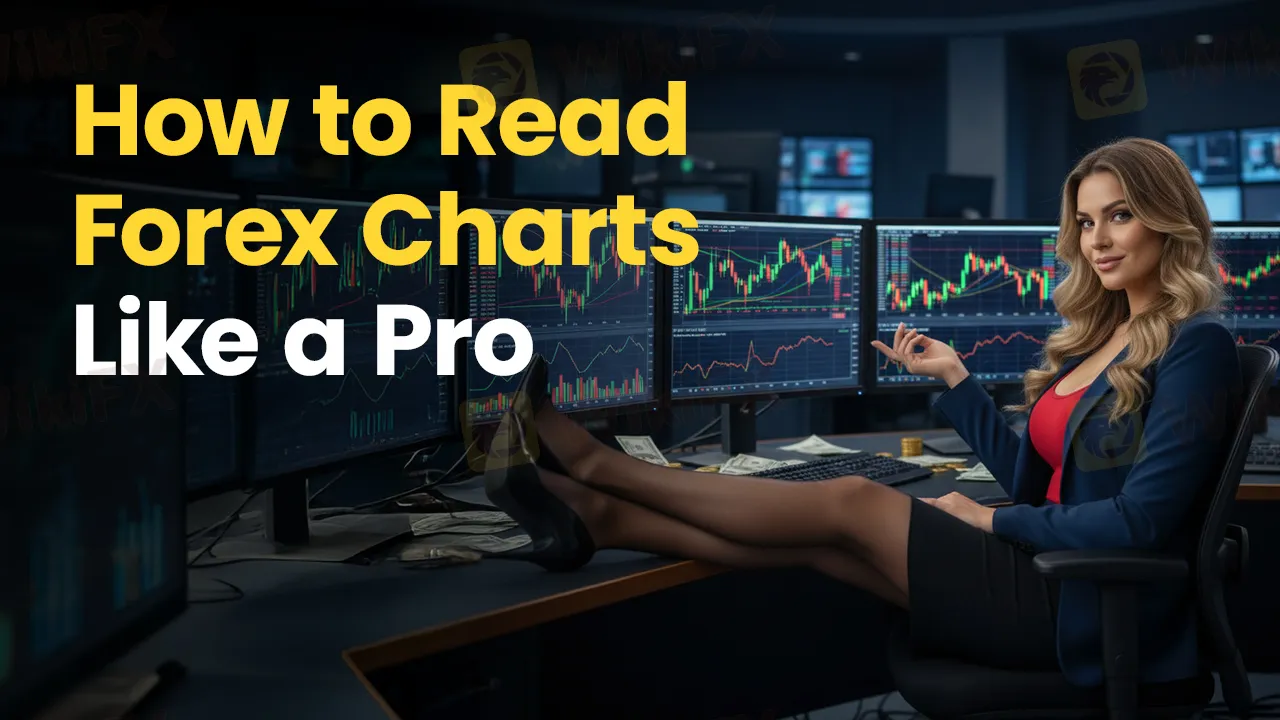
If you're new to forex trading or looking to sharpen your skills, learning how to read forex charts is one of the most important steps toward becoming a successful trader. Forex charts are the foundation of technical analysis and provide a visual representation of currency pair price movements over time. Understanding these charts can help you identify trends, spot entry and exit points, and make better-informed trading decisions.
What Are Forex Charts?
Forex charts are graphical displays of historical and real-time price data for currency pairs. They show how the exchange rate between two currencies has moved over a selected period, such as minutes, hours, days, or weeks. Most forex charts include time on the horizontal axis and price on the vertical axis.
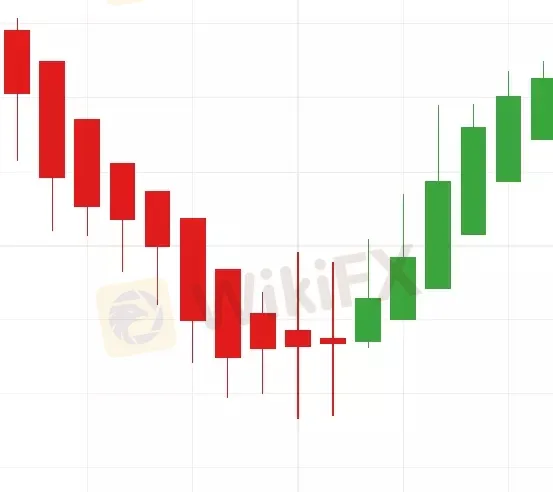
When you read forex charts, you're essentially analyzing price behavior to predict future movements.
Types of Forex Charts
Before you can read forex charts like a pro, it's essential to know the three most common types:
1. Line Chart
A line chart connects the closing prices of a currency pair over time. Its simple and easy to follow but lacks detail compared to other chart types.
2. Bar Chart
A bar chart gives you more information, such as the open, high, low, and close (OHLC) prices for each time period. This makes it easier to analyze market volatility.
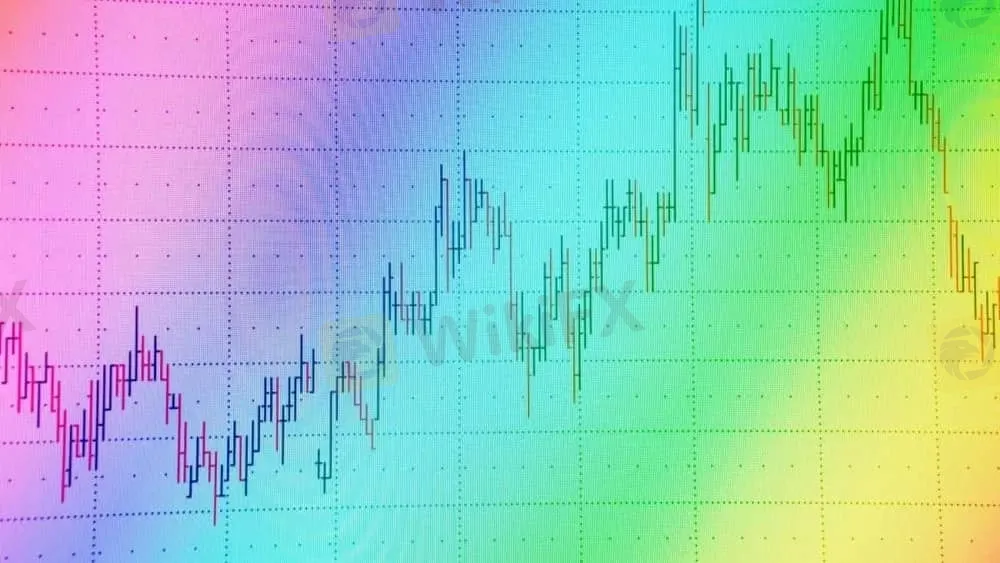
3. Candlestick Chart
Candlestick charts are the most popular among forex traders. Each candlestick represents the price action during a specific time frame. The body of the candle shows the open and close prices, while the wicks (shadows) show the highs and lows. Once you learn to read forex charts in candlestick form, you can spot patterns that signal potential price reversals or continuations.
Key Elements to Focus On
To read forex charts effectively, focus on these key elements:
• Trend Direction: Identify whether the market is in an uptrend, downtrend, or moving sideways.
• Support and Resistance: These are key price levels where the market tends to reverse or pause.

• Chart Patterns: Look for patterns like head and shoulders, triangles, and flags, which can signal potential market moves.
• Indicators: Tools like moving averages, RSI, and MACD can help confirm what you see on the chart.
Tips to Read Forex Charts Like a Pro
1. Start with Higher Time Frames: Analyze the daily or 4-hour chart first before zooming into shorter time frames.
2. Keep It Simple: Avoid cluttering your chart with too many indicators.
3. Practice Regularly: Use demo accounts to build confidence in reading charts.
4. Follow the News: Economic news impacts currency prices. Always consider fundamentals along with technical analysis.
Conclusion
Learning to read forex charts is a skill that takes time, but it‘s absolutely essential for anyone serious about forex trading. By understanding chart types, identifying trends, and recognizing key patterns, you can make smarter trading decisions and avoid costly mistakes. Keep practicing, stay disciplined, and soon you’ll be able to read forex charts like a pro.
Disclaimer:
The views in this article only represent the author's personal views, and do not constitute investment advice on this platform. This platform does not guarantee the accuracy, completeness and timeliness of the information in the article, and will not be liable for any loss caused by the use of or reliance on the information in the article.
Read more
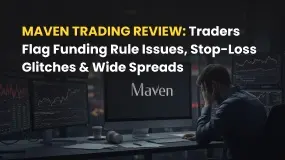
Maven Trading Review: Traders Flag Funding Rule Issues, Stop-Loss Glitches & Wide Spreads
Are you facing funding issues with Maven Trading, a UK-based prop trading firm? Do you find Mavin trading rules concerning stop-loss and other aspects strange and loss-making? Does the funding program access come with higher spreads? Does the trading data offered on the Maven Trading login differ from what’s available on the popular TradingView platform? These are some specific issues concerning traders at Maven Trading. Upset by these untoward financial incidents, some traders shared complaints while sharing the Maven Trading Review. We have shared some of their complaints in this article. Take a look.
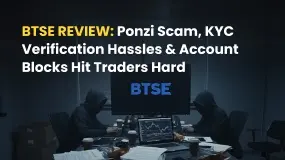
BTSE Review: Ponzi Scam, KYC Verification Hassles & Account Blocks Hit Traders Hard
Have you lost your capital with BTSE’s Ponzi scam? Did the forex broker onboard you by promising no KYC verification on both deposits and withdrawals, only to be proven wrong in real time? Have you been facing account blocks by the Virgin Islands-based forex broker? These complaints have become usual with traders at BTSE Exchange. In this BTSE review article, we have shared some of these complaints for you to look at. Read on!

Inzo Broker Review 2025: Is It Legit or a High-Risk Gamble?
When you ask, "Is inzo broker legit?" you want a clear, straight answer before putting your money at risk. The truth about Inzo Broker is complicated. Finding out if it's legitimate means looking carefully at its rules, trading setup, and most importantly, the real experiences of traders who have used it. The broker shows a mixed picture - it has official paperwork from an offshore regulator, but it also has many user warnings about how it operates. This review gives you a fair and fact-based investigation. We will break down all the information we can find, from company records to serious user complaints, so you can make your own clear decision.

INZO Broker No Deposit Bonus: A 2025 Deep Dive into Its Offers and Risks
Traders looking for an "inzo broker no deposit bonus" should understand an important difference. While this term is popular, our research shows that the broker's current promotions focus on a $30 welcome bonus and a 30% deposit bonus, rather than a true no-deposit offer. A no-deposit bonus usually gives trading funds without requiring any capital from the client first. In contrast, welcome and deposit bonuses often have rules tied to funding an account or meeting specific trading amounts before profits can be taken out. This article gives a complete, balanced look at INZO's bonus structure, how it operates, and the major risks shown by real trader experiences. Read on!
WikiFX Broker
Latest News
Forex Expert Recruitment Event – Sharing Insights, Building Rewards
Admirals Cancels UAE License as Part of Global Restructuring
Moomoo Singapore Opens Investor Boutiques to Strengthen Community
OmegaPro Review: Traders Flood Comment Sections with Withdrawal Denials & Scam Complaints
An Unbiased Review of INZO Broker for Indian Traders: What You Must Know
Is Fyntura a Regulated Broker? A Complete 2025 Broker Review
PINAKINE Broker India Review 2025: A Complete Guide to Safety and Services
Is Inzo Broker Safe or a Scam? An Evidence-Based Analysis for Traders
Is Uniglobe Markets Legit? A 2025 Simple Guide to Its Safety, Services, and User Warnings
Is Forex Zone Trading Regulated and Licensed?
Currency Calculator



